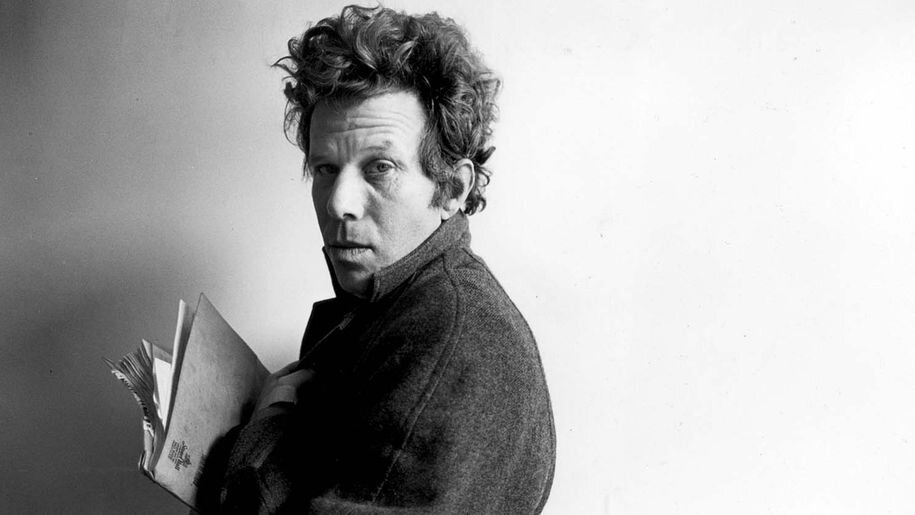The Creative Kip: An Uncomfortable Incident in My Celtic Beanie
Carl Holsøe - Sleeping Woman
'Sleep that knits up the raveled sleave of care,
The death of each day’s life, sore labor’s bath,
Balm of hurt minds, great nature’s second course,
Chief nourisher in life’s feast.’
William Shakespeare, 'Macbeth'
Many years ago, whilst wandering amongst the market stalls by the harbour in Dingle, I bought myself a Celtic Beanie. It was knitted with bold horizontal stripes in tones of orange, ochre, brown and yellow. It fitted snugly over my unkempt grey hair and made me look, I thought, rather bohemian.
My Celtic Beanie became something of a comfort hat for me. I would whip it out at the first sign of rain or cold, whatever I happened to be wearing, even a suit. I kept it in my brief case and took it with me on holidays and work trips. I washed it infrequently and by hand, in order to sustain its life.
One Saturday afternoon I was sporting my Celtic Beanie on the tube on the way to watch West Ham. My team were spending one of their accustomed seasons in football’s second tier and we were looking forward to a game against Gillingham. Away fans tend to travel together and I happened to be on the carriage where a fair few Gills supporters had assembled. Everyone was in expectant high spirits.
I confess I have a tendency to fall asleep on public transport. I’d say I’m pretty good at it. I consider travel an opportunity to make up for inadequate hours in bed; as a chance to refresh the tired mind. On this occasion, despite the general anticipation, I sat leaning against the glass partition with my head slumped over a newspaper on my lap. The gentle movement of the carriage set me off and in a moment I was gone.
I woke up with a start. The Gillingham fans, enjoying their day out, were now in full voice. They’d found someone to taunt.
‘Who’s the wally?
Who’s the wally?
Who’s the wally in the hat?’
(or words to that effect)
They were making quite a racket and it seemed like the whole carriage had joined in. I looked around to establish the hapless object of their ridicule. I took a moment to assess the situation, and concluded that, yes, it was me.
I guess I did look rather odd: a middle-aged man in the middle of the day, kipping on the District Line in his Celtic Beanie.
There wasn’t much I could do but smile benignly, stare into the middle distance and long for the arrival of Upton Park station.
At least the Hammers won 2-1.
'All men whilst they are awake are in one common world: but each of them, when he is asleep, is in a world of his own.’
Plutarch
I read in The Times recently (18 September, 2020) about a study, published in the journal Cell, into inferential reasoning.
Inferential reasoning is when you draw on loosely related events to imagine the outcome of entirely new choices. You’re looking for Sam. You’re told Greg is in the library. You know Sam hangs out with Greg. So you go to the library to see if you can find Sam there. It’s basically an educated guess.
Researchers have discovered that the hippocampus in our brains supports inferential reasoning by computing a prospective code to predict upcoming events. When we rest, the brain applies this code to link memories together. This ‘mnemonic short cut’ enables us, when we’re awake, to ‘join the dots’ between events that have not been observed together but could lead to profitable outcomes.
‘The brain makes creative connections between apparently unconnected memories, and… these links appear to be solidified in sleep.’
According to the piece in The Times, an opportune sleep prompted the invention of the Periodic Table and the sewing machine, and inspired the story of Frankenstein.
There’s a lesson for us all here. We tend, when confronted with a taxing problem, to address it head-on, to stare it in the face, to burn the midnight oil in our quest to resolve it. It is far better, after a time, to put the intractable task to one side and sleep on it; to allow our natural inferential reasoning to get to work and join the dots. Better to succumb to fatigue and embrace a Creative Kip.
'It is a common experience that a problem difficult at night is resolved in the morning after the committee of sleep has worked on it.’
John Steinbeck
I must report that in recent years my Celtic Beanie has been replaced by a tweed flat cap. This offers all the utility I require (portable, foldable, impermeable) and is a little less eccentric. But I still have my Celtic Beanie. It sits forlorn in a drawer with a collection of old neckties and odd socks.
Maybe I’ll put dig it out the next time we play Gillingham.
'When I look up from my pillow,
I dream you are there with me.
Though you are far away,
I know you'll always be near to me.
I go to sleep, sleep,
And imagine that you're there with me.’
The Kinks, ‘I Go To Sleep’ (R Davies)
No. 309

























